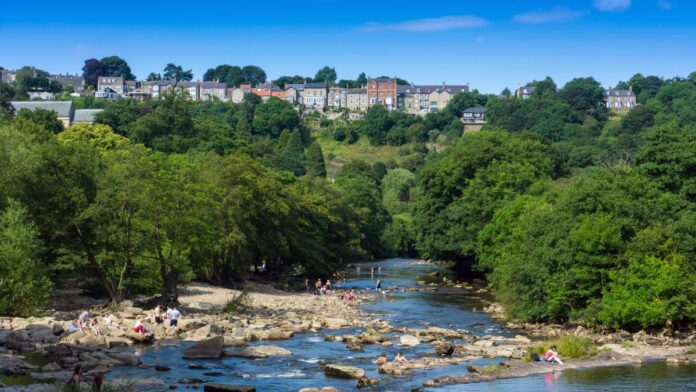In a world where we don’t get called “m’love” enough any more, the street markets of Britain – and the towns that have grown up around them – are the tarpaulin-decked time warp we all need right now. Or, at least, need more than that set of no-brand luggage the bloke on the end stall is trying to flog us.
Market towns aren’t really about the market (apples and pears? We have Ocado for that sort of thing). They are about the oak-beamed pubs, the homely cathedrals, the tiny tearooms, the somnolent bookshops, the cheery cafes, the higgledy-piggledy lanes, the warm bakeries, the two-room museums and the shelves-of-jars sweetshops. And the Unesco-level pottering opportunities they afford.
There’s a preponderance of food and drink purveyors in that list, and if you don’t come back from a weekend break in a market town at least two cakes heavier, you’ve done it wrong. In fact, this time of year (known as the “fattening-up time” in market towns) is the perfect moment for the baptism-by-butter in which they specialise.
● 14 of the top hotels in England● The most beautiful places in England
Hunker down or cosy up in a medieval coaching inn, where you’ll find that the fireplace and the fish batter crackle, while the atmosphere – blissfully – doesn’t. “Sleepy” is part of the appeal and the right to a nap after lunch was probably written in Latin into the town charter when Henry III or VI or VIII (it was usually a Henry) first gave the townsfolk the right to buy and sell their cattle here once a week.


